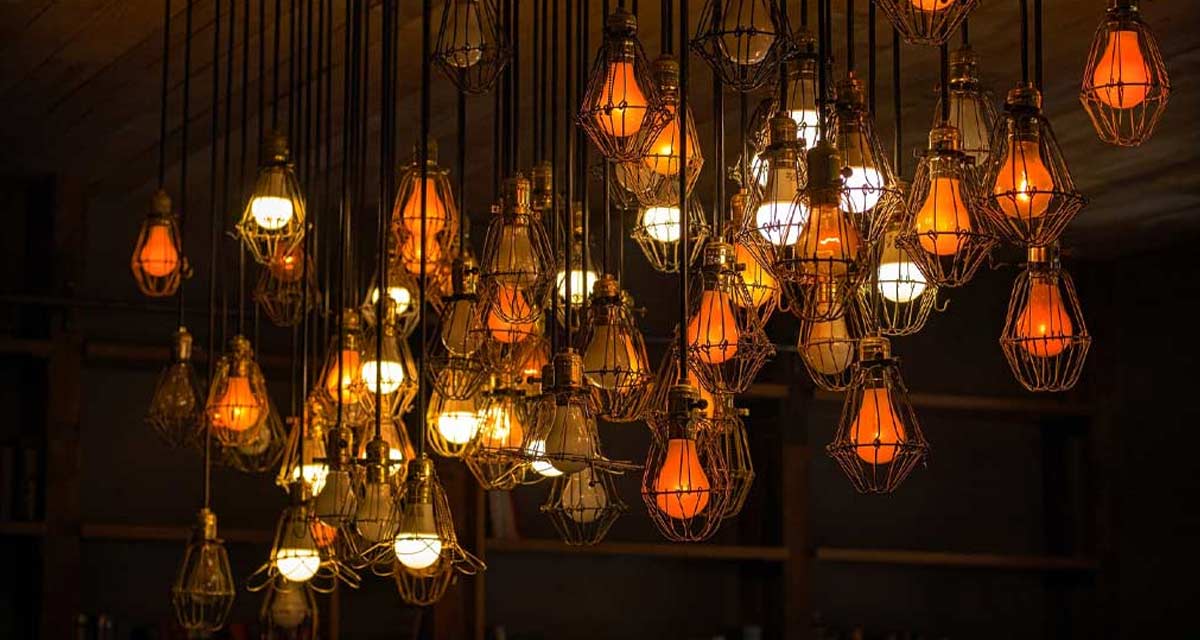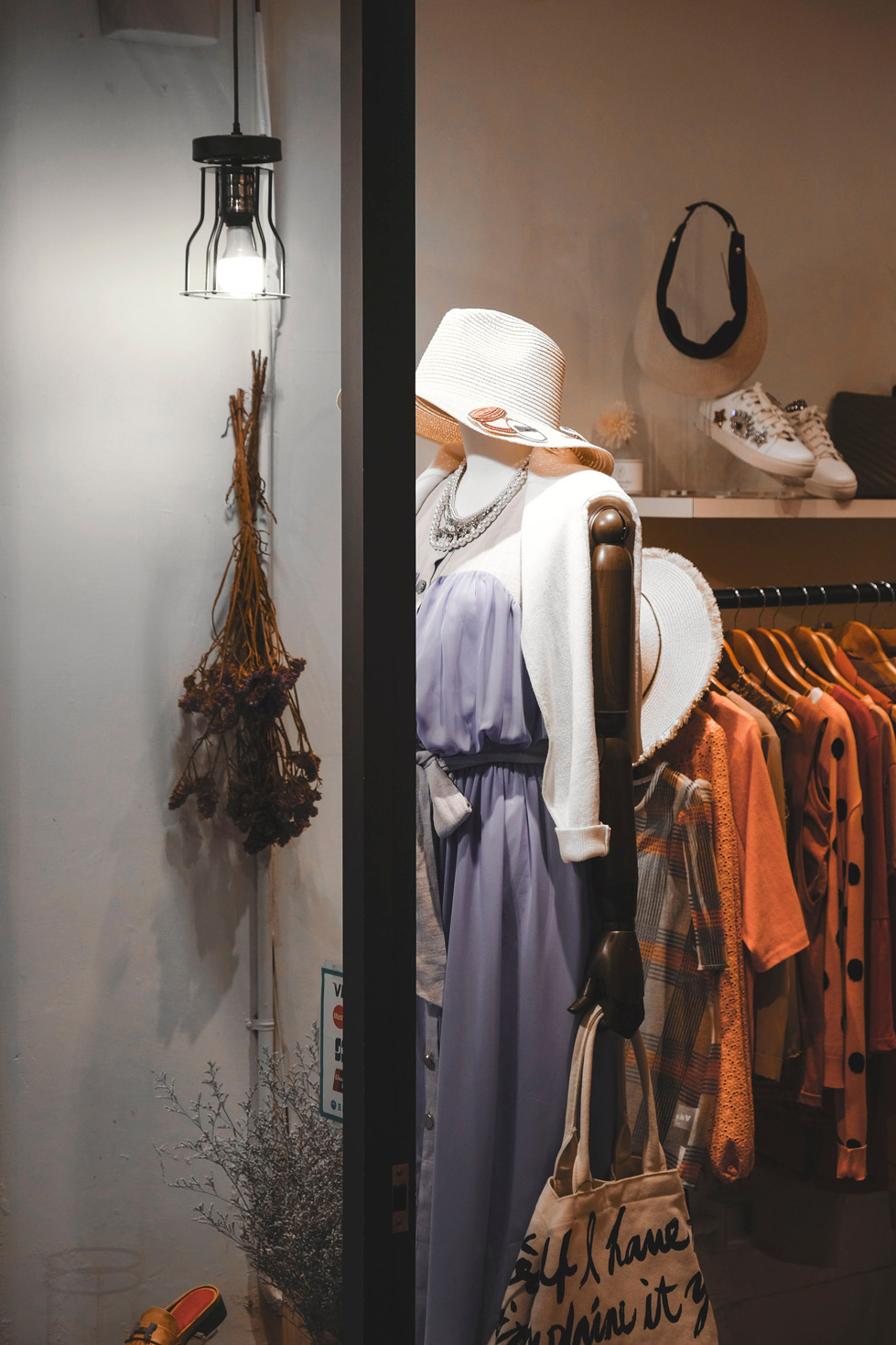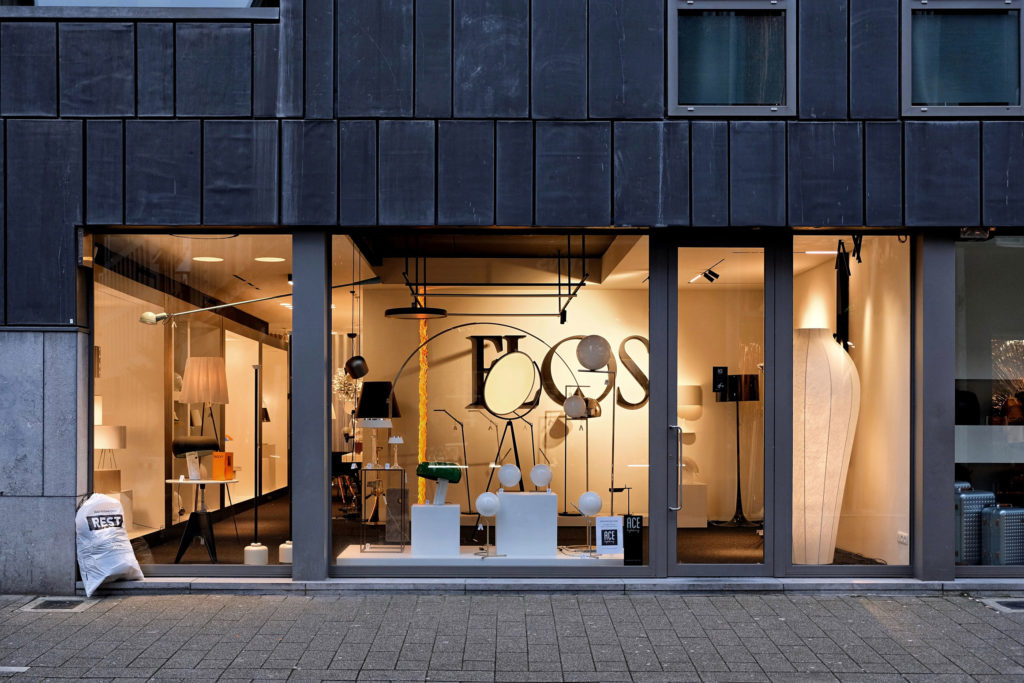Display Lighting
A must-have for any institution looking to draw focus to specific products, goods, artwork, or other artifacts
Display Lighting
Let your creativity bloom
Whether you’re displaying a hanging rack of garments, a jewelry case that needs more sparkle, awards that deserve recognition, or historical documents and artwork in a museum for people to see, there are display case lighting solutions that are perfect for any need.
Showcase
LED Display Lighting

LED light bulbs are top sellers because they offer a lot of advantages over traditional bulbs. Light emitting diode (LED) technology has a lot of benefits, but the most common reason individuals and businesses choose these bulbs are
Display Lighting
How to choose the right lighting for your display


Before you can choose the right lighting for your display, there are some important things to consider. Things like the size of the area, how close the light will be to the display, how many lights you will need to use, what you will be displaying, and the background or surrounding area of the display.
What size is the display?
An important factor that you’ll need to take into account when planning out your display lighting is the size of the display. You will need more lights for a larger area, and you might want to go with a brighter option than you would for smaller displays. background or surrounding area of the display.
How close will the lights be to the display?
The amount, brightness, and even temperature of the display lights may vary depending on how close the lights will be from the item(s) on display. Depending on where the light will be positioned in regards to the display, an angled light might be a good option.
How many lights should you use?
Another important thing to consider is the number of lights you’ll be using. Too many or too few lights can take what could be an amazing display to something lackluster.
What are you displaying?
You’ll want to approach display lighting for jewelry differently than you would for artifacts in a museum or clothing in a store. This means that depending on what you’re displaying, you’ll need to consider different brightness levels and colors or tones of light.
Be sure to keep in mind the background and surrounding areas of the display. Glass and mirrors will reflect light differently than solid white backgrounds will. A smaller store will have busier surrounding areas for a sales rack than a school trophy case.
Picking the right temperature and brightness for your display
Depending on what you’re displaying, you’ll need to consider the color temperature of the lighting you choose. To do that, you’ll need to know about kelvins and lumens.
Kelvin is the measurement used to measure the temperature of LED lighting. The lower the kelvin, the warmer the light will be. A light measuring around 4,000 kelvin is considered to be the most neutral tone.
While neutral light works well with most displays, if you’re displaying items with a variety of colors, you might want to select a warm light as it helps to highlight colors. However, if you’re displaying jewels and diamonds, a cool light will make them sparkle.
Lumen is the measurement used to measure the brightness of LED lighting. Most LEDs come in 220 lumens, which is equivalent to 25 watts. If angled directly on what you’re displaying, or when added together, 220 lumen LED bulbs will provide the right amount of light for your display.
Also, consider the mood you are going for with the display. That will help you determine the brightness, temperature, color, and tone your display needs.
Why should you choose LED display lighting?
With all of the display lighting options, why should you choose LEDs? There are so many reasons to use LED lights, such as they are energy-efficient, environmentally friendly, long term cost-effective, produce little heat, are dimmable, come in a variety of colors, temperatures, and tones. Other benefits of using LEDs are that they are customizable, flexible, and durable.
LEDs are super easy to customize. They come in a variety of colors, temperatures, tones, brightnesses, sizes, and styles, making it super easy to create the perfect display case lighting solutions. They are flexible, can be cut to any length, connected to cover bigger spaces, and curved. LEDs are also durable. They last for 35,000+ hours and can be weatherproofed to protect them from water and dust.
Retail Lighting
The importance of useful and effective retail point of sale lighting cannot be overemphasized. A beautiful LED display lighting design will maximize profit. As professionals at what we do, we know profit should be maximized every single day but even more so during holidays. At these special times of the year shoppers are just looking for the right retailers to take their money. These are usually memorable days for every retailer. However, it is also a very competitive time in the consumer world and you will need to step up your game to get more out of these special periods.
Owners and managers in retail are well aware that the way products are displayed has an immediate impact on shopper behavior and even on the depths of shopper loyalty. Regardless of the time of year, the right lighting makes for a better shopping experience. This is an effective sales tool no serious-minded retailer should be without.
An effective LED display lighting design also helps increase storeimage, as products are displayed more attractively. At Wessel LED, we know that in order to bring the shoppers in and keep them in, the lighting must create an organic environment that puts customers entirely at ease. We employ accent lighting to draw attention to specific products of your choice. Our lighting will help create depth, shade, and texture while keeping your shop stunning for an exquisite shopping experience. We also employ high performing luminaries for dramatic lighting where necessary.
It is possible to both over-do and under-do lighting design. Shoppers might feel the shop is too drab, too bright, or even too harsh. For such a critical service directly linked to retailer livelihood, retailers should trust true professionals to get the job done.
